
Building a successful website
by Gideon van der Merwe
October 28, 2019
The process of building a successful website is a very specific, thoughtful and delicate process. It is also a balance between great design, compelling content and good functionality. Furthermore, there is a very important relationship between the web designer and the website owner. Usually, the website owner has a vision and plan for their website and know what its purpose should be. Furthermore, the website owner will have carefully planned out the content for each page, and the meaning or value of each piece of content. This is such an important part of the success of a website. Why then do so many people build websites without meaning, without good content and without even thinking of ROI, cta's and content strategy?
This is why we have decided to follow a set of tried and tested methods to help the website designer and the website owner build a successful website. Let's briefly look at these steps that we use when designing a website.
Step 1 - Consulting with the client
The first step in the process of building a successful website is the consulting phase, where the web designer tries to understand the website owner’s vision for the website. This is also where a lot of questions are asked, such as what information is the most important for the website owner, and what is the purpose of the website. Finally, a request for more information and content is made.
Step 2 - The Wireframe process
After the consultation phase, the web designer needs to conceptualize the layout based on the information provided by the website owner. The website designer also looks at the content that was provided and decides how the content should be placed on the website, based on what is most important to the website owner. The content and layout are thoughtfully planned out based on the website owner's purpose or plan for the website. The web designer then takes all of this information and creates wireframes of the different layouts on the website. A wireframe represents the layout of content on a website and is exactly what it sounds like, only a wireframe. A wireframe does not yet include any styling, for example, colors, fonts and so on and the end product might look completely different, yet follow the same layout.
One final thing to note is that all content should have been provided by the website owner during this phase since layout decisions should be made based on the actual content.
During this phase, a discussion takes place between the web designer and website owner. If there is no more feedback regarding the wireframes, a sign off form should be signed to minimize additional changes (scope creep) and to move on to the next phase.
Here are some examples of wireframes for different types of websites:
Step 3 - The Design process
During this phase, the website designer should now have received all final versions of the website copy and can create a design that complements the content. The website designer will now start with a style design that is based on the website owner's brand and preferences. The design will include specific fonts, colors and different elements and components that make part of the design. Usually, it is good practice for the website designer to create a few concepts and show them to the website owner. After a few revisions, when there is no more feedback between the website owner and the website designer, a sign off form is signed again.
Here are some examples of mockups that we have done :
Step 4 - The Development and launch process
The final stage is the build stage. In this stage, the website is built according to the mockups that were made in the previous phase. Because the website was thoughtfully planned out and discussed with the client, the website can be built quickly without any delays. There is also some testing involved during this phase to ensure the website works properly on different browsers and different devices such as smartphones and tablets.
During this phase, the website owner is provided with a link to where the website is staged and they can monitor the progress of the website as it is built.
Once the website is finished, the website owner gets one final sign off form to sign before the website goes live.
There are also some obvious steps and processes that take place after the website launches to guarantee success. These include a good marketing plan and providing continuous, valuable information to your customers, but without the foundation of the website carefully planned out and built, it would be like driving your car blindfolded without knowing where you are or where you are going. If you are a website owner or future website owner, be sure to follow these very important steps first, to ensure your success in your website journey.
Back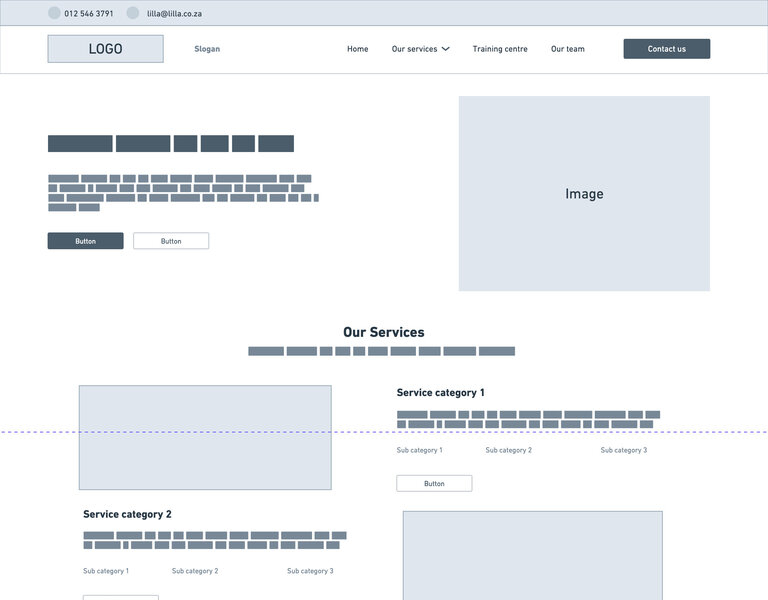
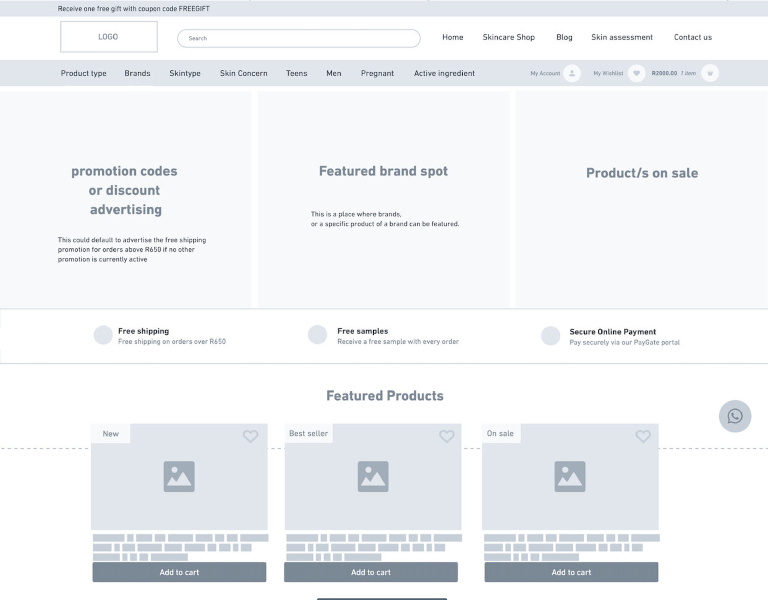
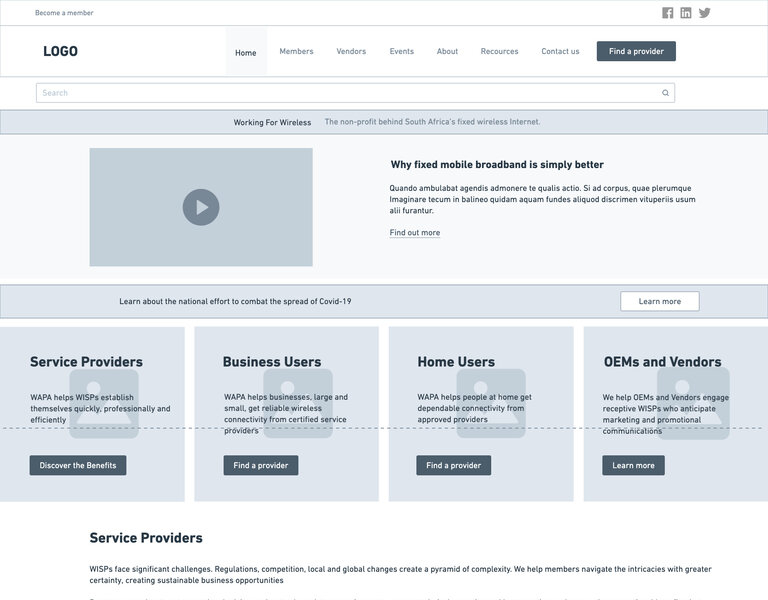
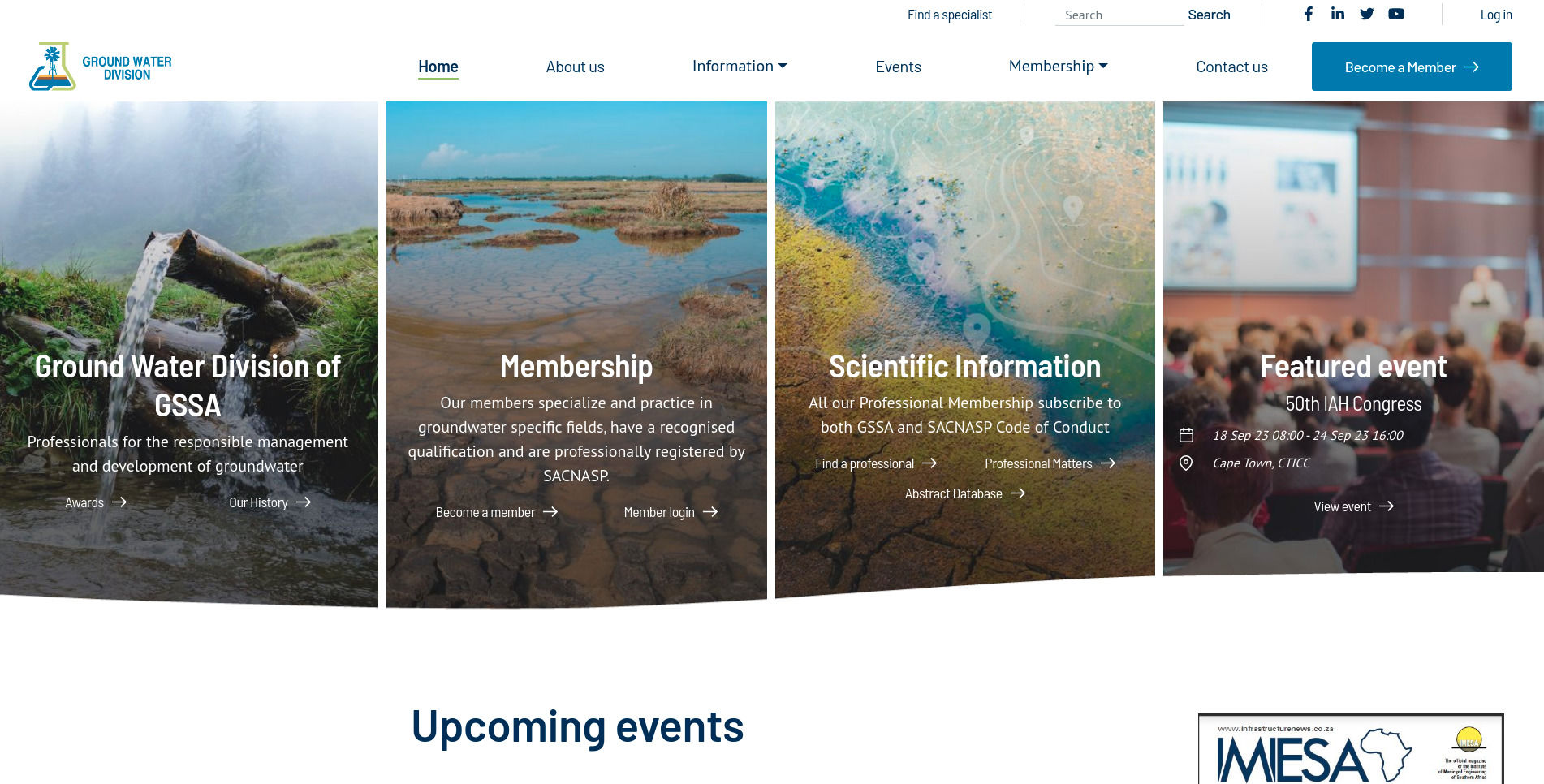

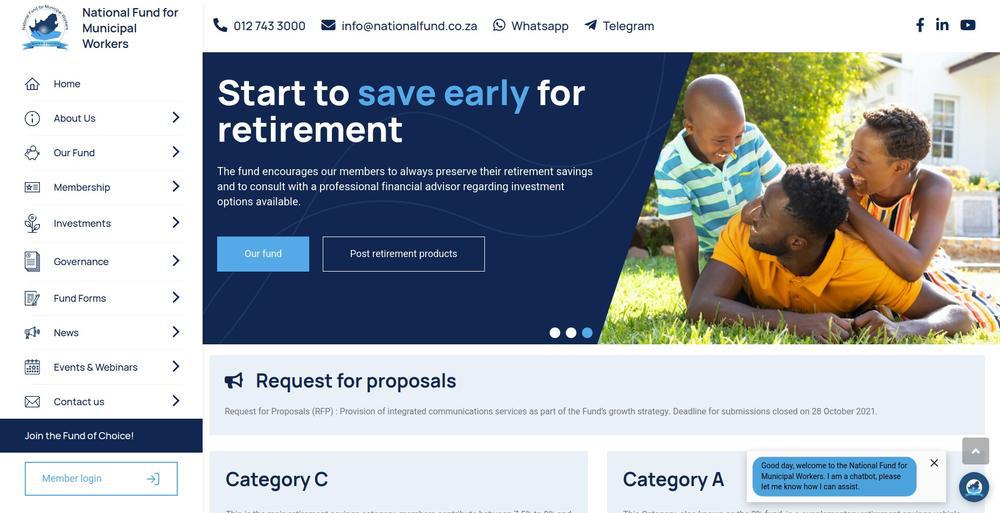
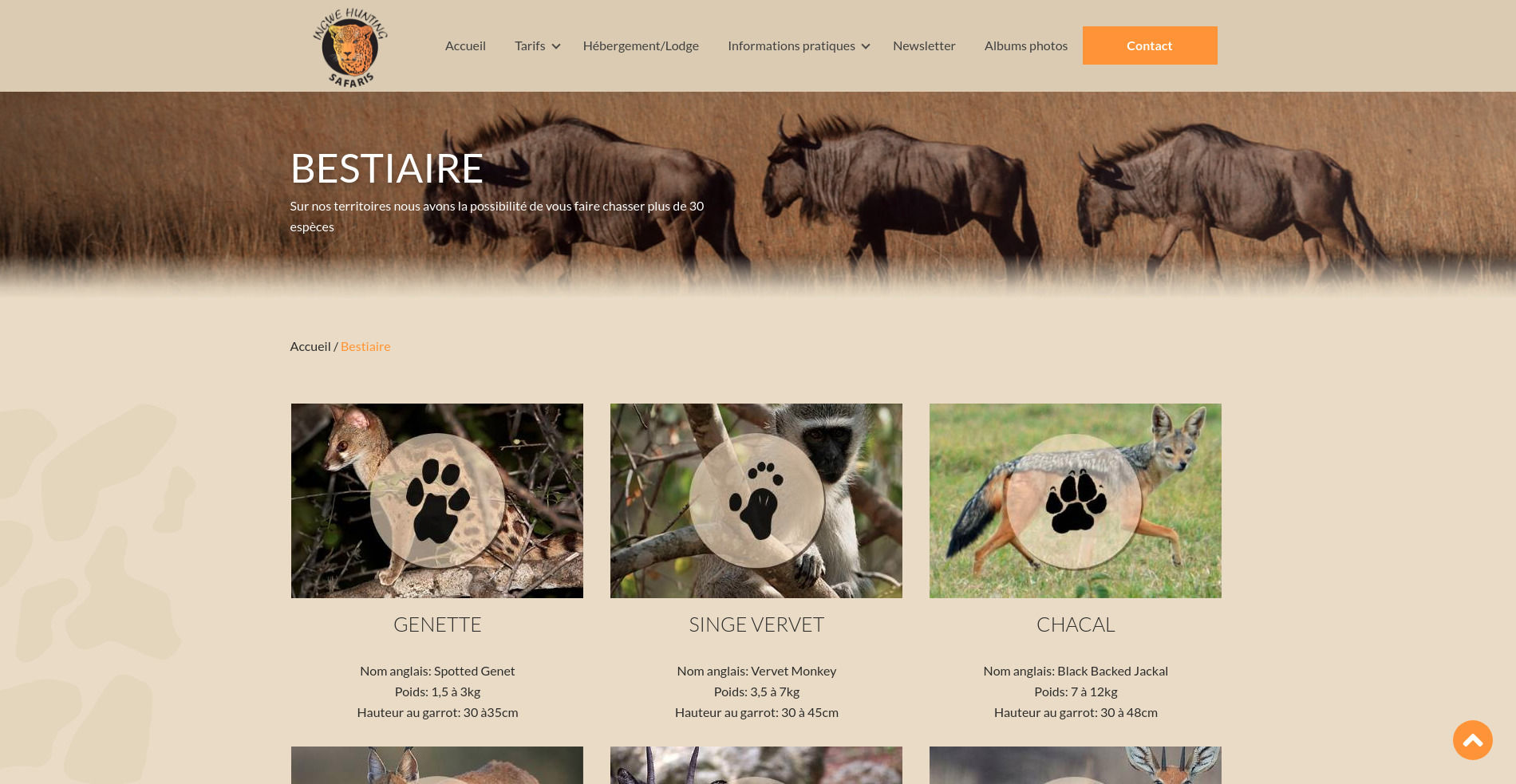
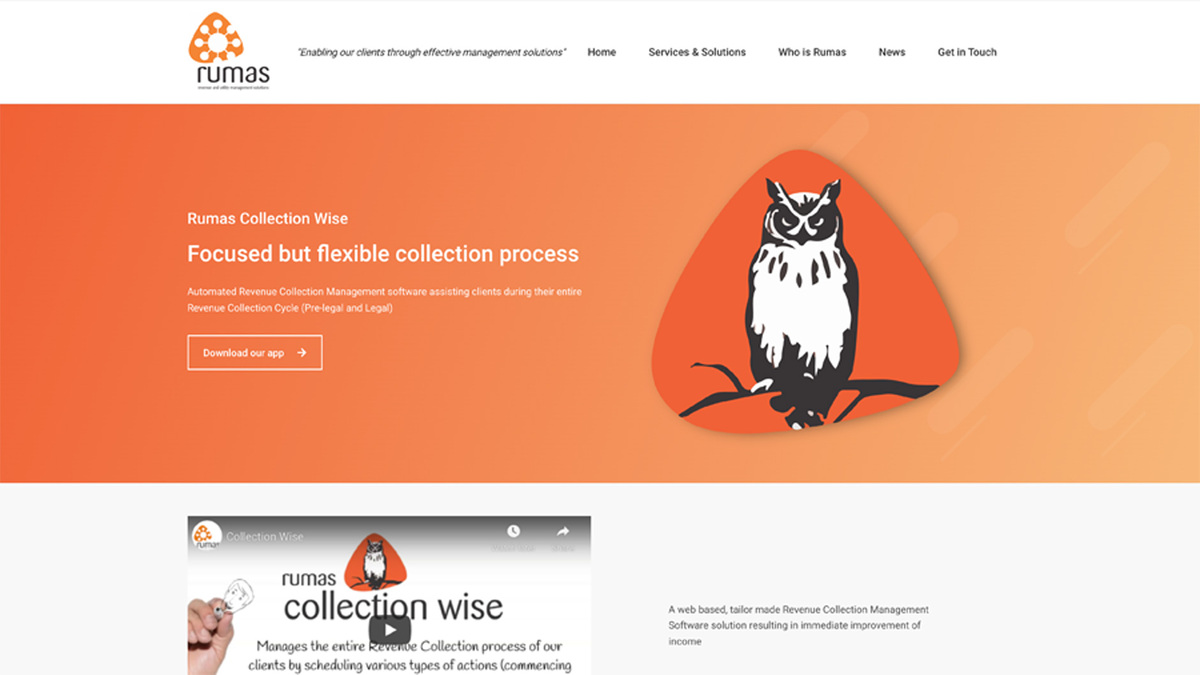

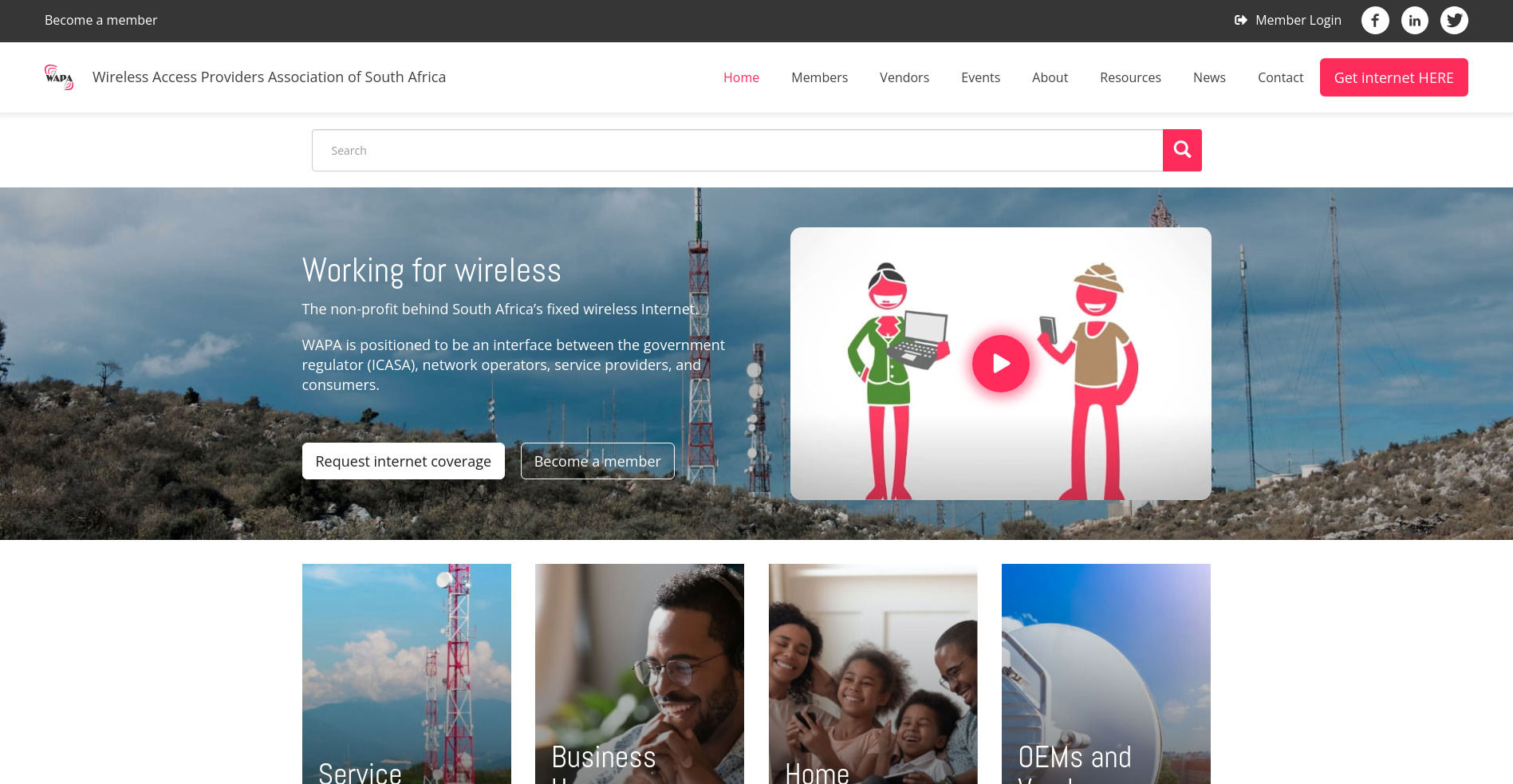

 Cookie Notice
Cookie Notice Cookie settings
Cookie settings
Chat with us
Facebook Whatsapp Whatsapp